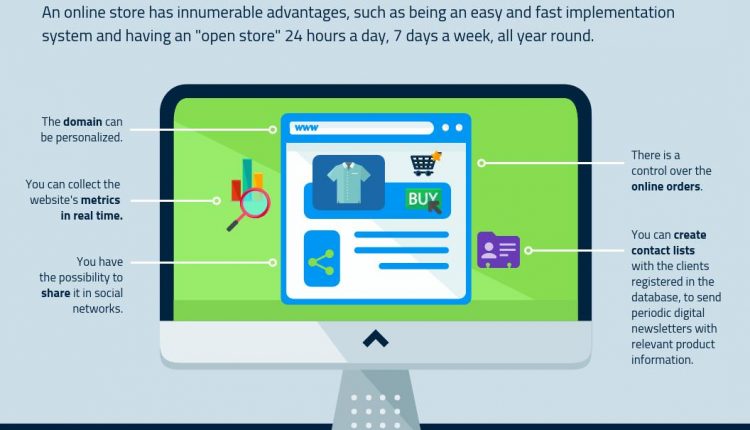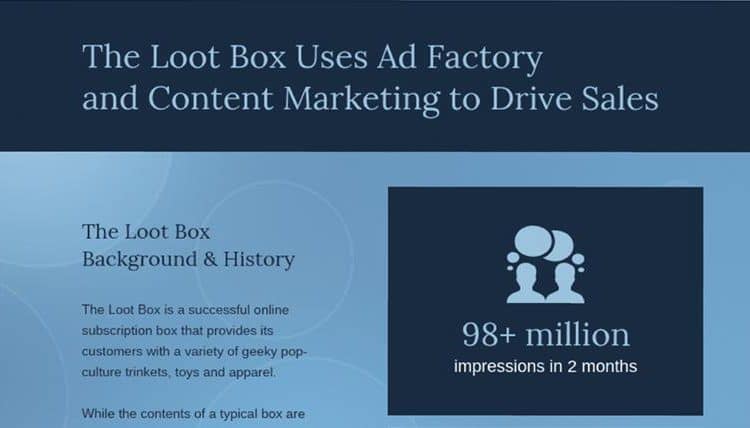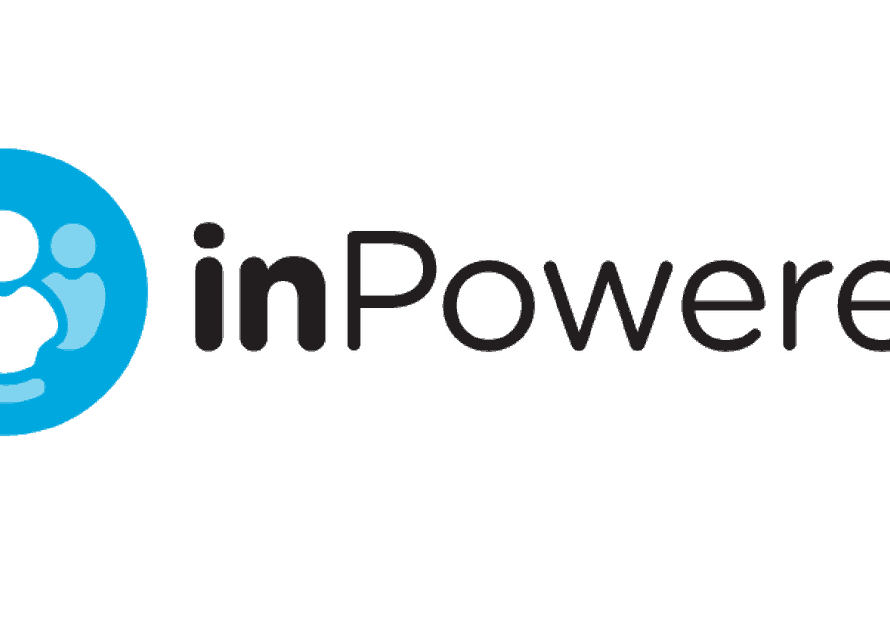There are groups of marketers who sincerely believe that link-building is dead. What they haven’t realized is that link-building is very much alive, but it has changed.
While marketers consistently work on on-page SEO, links have become massively important in improving one’s Google rankings.
By placing relevant links on quality websites, you tell Google that your website is worthy of a high ranking-that you are a thought leader and a trustworthy resource for users interested in your field.
But how can you build quality links to your website? We look at five link-building strategies and how they could work for you.
1. Guestographics

Guestographic. Source: Venngage
Here at Venngage, we have leveraged our products to earn backlinks from top websites. Among the more popular visuals we create are infographics.
If you’re wondering what an infographic is, you can learn more about infographics on Venngage’s blog. Essentially, they are visuals that incorporate text, images, and data visualization.
[bctt tweet=”Infographics were popular a few years ago but there were too many poor quality infographics going around, which saw its popularity plummet.” username=”relevance”]
That has since changed—infographics are once again being considered an excellent content resource. This is mainly due to the higher quality graphics being created by a few websites.
And these infographics are being leveraged as guestographics—infographics designed solely for a website using information previously provided or created for the infographic.
Guestographics are a great way for websites to get quality content and earn you a backlink. Not only are they engaging, but they have the potential to go viral.
The more people that see your guestographic, the more they will want to link to it, thus increasing the number of backlinks you receive.
Whether you have a graphic designer to create graphics for you, or want to use a resource like Venngage to make infographics, they are an excellent way to earn backlinks on quality websites.
[insert page=’step-by-step-guide-to-keyword-research’ display=’single-related-article.php’]
2. Email Outreach
Email marketing almost seems passé now but it is still a useful method of building links and improving your Google ranking.
Like link-building, email marketing is far from dead. In fact, according to Blogging Wizard, email marketing results in 66% of consumers making a purchase.
People read their emails, and so do websites interested in building links with your site or page. You can use email outreach strategies to contact relevant websites requesting a backlink.
[bctt tweet=”Email outreach requires a fair amount of research before you begin emailing. Find sites in your niche that include dofollow links and look through their blogs or articles.” username=”relevance”]
Is there a particular post which would be enhanced by adding your link? If so, find the contact details of the blog editor or writer.
When it comes to email outreach, it’s best not to beat around the bush. Send them an email with a request specifying the post you think would be relevant for your link, and ask them if they can include a link to you.
If you aren’t sure about what kind of email outreach will work for you, Mailshake has a great selection of outreach email templates and an outreach system that can make the process of contacting potential websites much easier.
[insert page=’five-tricks-to-improve-seo-position-with-content’ display=’single-related-article-02.php’]
3. Start a Blog
This seems almost too obvious, but have you thought of starting a blog? Though you can earn backlinks without your own blog, it makes the process much harder.
For instance, without a blog, creating an internal linking system is difficult—you will need to rely solely on linking product pages to each other.
Additionally, bloggers don’t want to link to product pages—it comes across as too spammy. They would rather link to a relevant blog post. But if you don’t have a blog, that limits your chances of being linked to.
Start up a blog and begin creating good quality content relevant to your site and your industry. Include relevant internal links and high quality external links. These will also help to rank you on Google.
It may seem like maintaining a blog is hard work—who has the time to create so much blog content and then promote it?
The good thing is, you don’t have to create all your blog content. You can open it up for guest posting opportunities, that will also help you earn backlinks. You can also offer your guest blogging services to relevant websites.
Adam Enfroy did a guest blogging experiment earlier in 2019 to reveal some startling results—he wrote eight guest posts in 15 days and earned over 200 backlinks.
[bctt tweet=”Having a blog of your own will allow you to tap into new audiences, and offer great content that will help you build partnerships with high quality sites.” username=”relevance”]
4. Broken Links
The web is filled with broken links to pages and sites that no longer work, or whose urls have changed. Why not take advantage of that?
Search for content online that is relevant to you and the link you want to place. In particular, look for your target keyword as that will make your link even more useful in increasing your Google page rank.
If you see a broken link on a relevant page that you come across, contact the creator of the post and ask them if they would like to replace that link with yours.
There is a high chance that they will be interested. Because, not only are you a contemporary and relevant resource but by replacing the broken link with your link, that page becomes usable again.
Had the content creator discovered the broken link for themselves, they would have had to go searching for alternatives on their own—this way, you do the work for them and earn a backlink.
[bctt tweet=”Replacing broken links is a win-win situation for you and the site that links to you.” username=”relevance”]
5. Case Studies

Case Study. Source: Venngage
While blogs are great resources to link to, case studies are even better. Case studies are hard proof of an experiment that was conducted by real individuals, with understandable and actionable outcomes. Who wouldn’t want to link to that?
If you have produced case studies, you should look into leveraging them for backlinks. Find relevant content that talks about the area of your experiment, and offer them the case study as proof of something that does or doesn’t work.
The great thing about case studies is that they organically produce more backlinks for you. You may offer the case study to one website, but whoever reads that site will also link to the case study, and so on and so forth.
As a result, your one case study could earn you hundreds of links.
But try to ensure that your case study is on a unique topic or that your experience with it is unique. This will help you garner more interest in your case study and earn you more links.
Key Takeaways
There are a number of different link-building strategies, but the five outlined here are gaining in popularity among marketers.
Look at offering guestographics to relevant sites, as well as reaching out to sites through email marketing.
Start up your own blog to provide great resources and to leverage guest posting opportunities.
Search online for broken links that could be replaced with your link. And finally, offer your case study links to relevant sites for organic link-building opportunities.
The link-building process isn’t the easiest to undertake, but with a little work and research, you can begin creating quality links to and from websites and increasing your ranking as a result.
[insert page=’seo-101-everything-you-need-to-know-about-seo-but-were-afraid-to-ask’ display=’single-ebook-promotion.php’]



